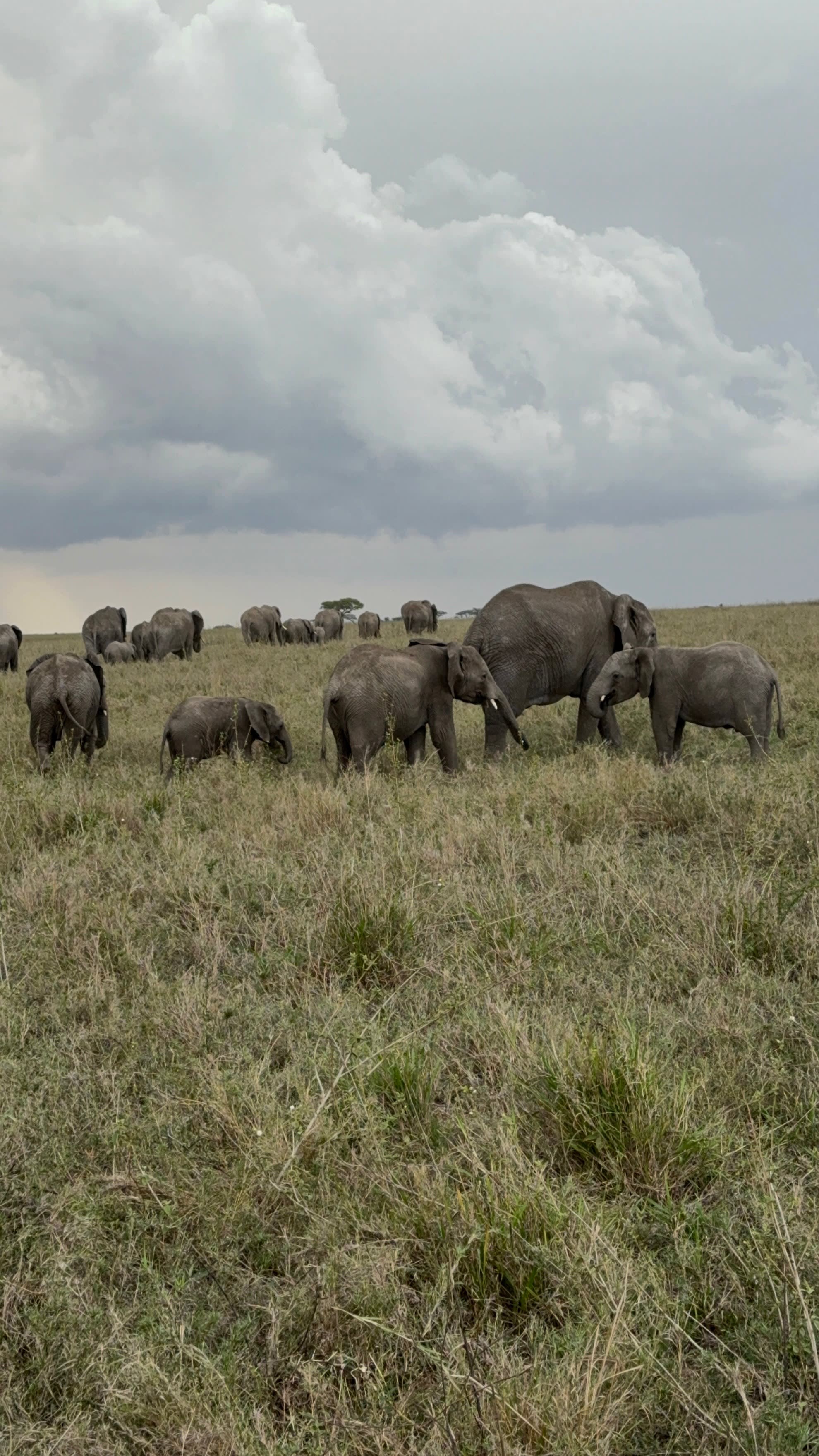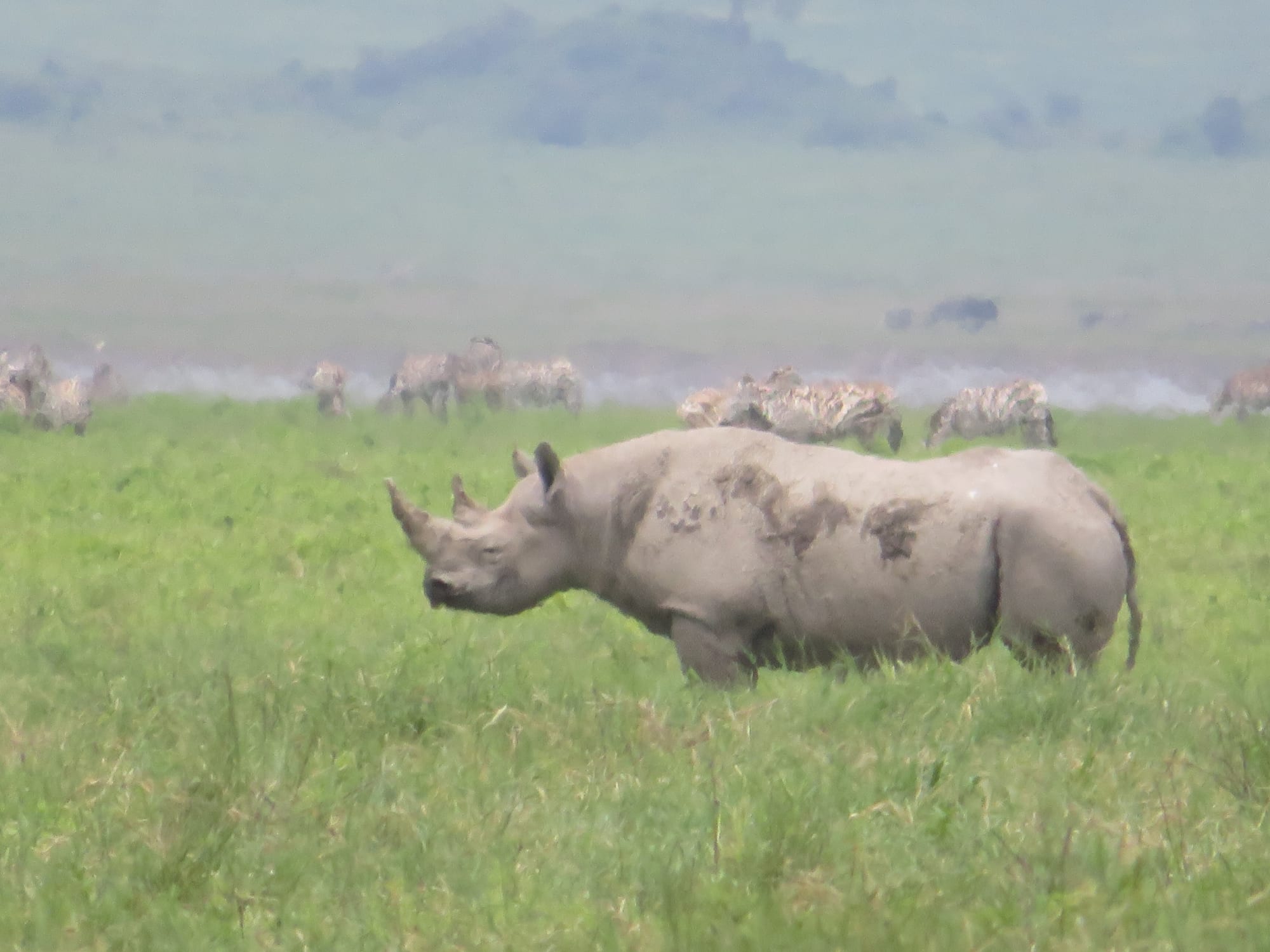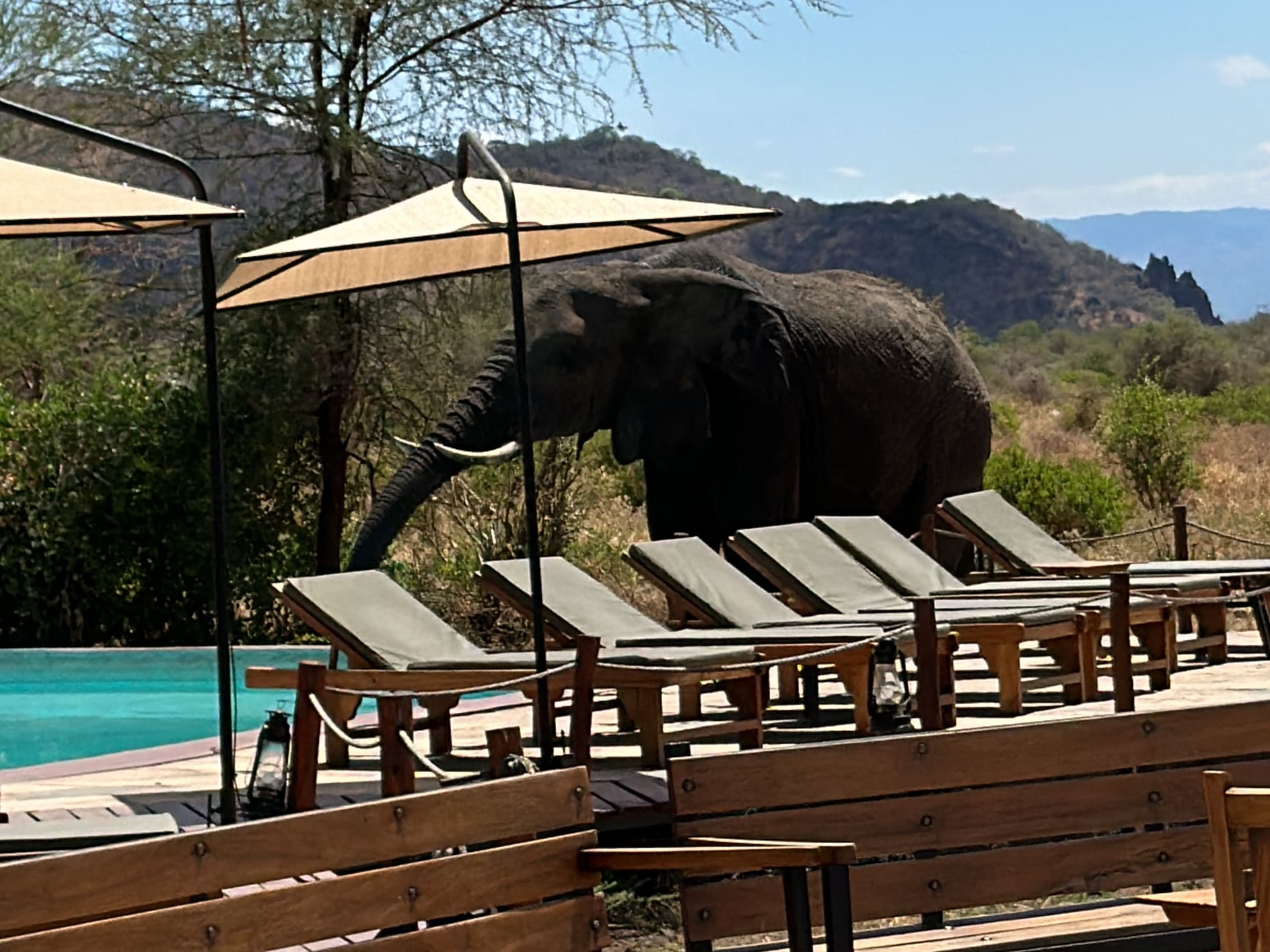
Curator’s statement
When planning your safari, you should think hard about what is most important for you personally to see and experience (animals, landscapes, crowds, etc.). While it’s certain that you will see more animals during the dry season, I found that there are other nuances that may have you more strongly considering visiting during the wet season.
The Fora Difference
Book with Elizabeth to access exclusive perks and experiences on your trip.
Killer perks
Free upgrades, spa credits and more—we got you
Personalized recs
Customized travel planning for your style
Insider knowledge
Expert advice from people who’ve actually been there
Where to stay
Unlock perks by contacting Elizabeth to book your trip.
As an unseasoned adventure traveler, I booked my first safari for January, completely unaware of how "seasons" work in Tanzania. Leading up to our adventure, I learned that we were visiting at the end of the "wet season," meaning that the grass would be at its tallest, and it would be significantly harder to see animals. I wasn’t sure how this safari would go.
Against all odds, my husband and I had an incredible safari; we saw all of the "Big 5," including the impressive feat of seeing four of them (leopard, lion, water buffalo and elephant) on day one. During our descent into Ngorongoro Crater, our final stop and the only park we visited where endangered black rhinos live, I asked our guide to not stop for any animal besides the black rhino, as I had seen plenty of everything else; I was on a mission. Through his talent and our sheer luck, we got to see four of them, and one of them was a baby!
I had the opportunity to visit the exact same parks this October - Tarangire, Lake Manyara, Serengeti and Ngorongoro Crater. This experience offered me a unique perspective that I’d like to share with the Fora community to help other travelers and advisors make informed decisions of their own.
What follows is a comparison of the most crucial stuff, and why most people go on safari - the animals! And then, I will compare other aspects that I think may be of interest to other travelers.
Animals
Lions
Wet season: Too many to count; we saw maximum three at a time.
Dry season: Exponentially more; we saw prides as large as 13 lions of all ages at a time.




Leopards
Wet season: One, in Tarangire.
Dry season: Three, all in Serengeti.
Elephants
Wet season: Too many to count.
Dry season: Saw a lot, however noticeably fewer than during the wet season.




Water buffalo
I saw far too many to count during both wet and dry seasons.
Black rhino
Wet season: four, all seen in the Ngorongoro Crater.
Dry Season: One, also in the Ngorongoro Crater.

Wildebeest & zebra
Wet season: Too many to count in the Ngorongoro Conservation Area.
Dry season: Exponentially more than the wet season, this time in the Serengeti due to Great Migration.
Cheetah
Wet season: Sadly, we saw none during the wet season safari.
Dry season: Seven! All the cheetahs we saw were in the Serengeti, with as many as three at a time.




Qualitative features
Landscape
Wet season: Very lush and biodiversity of different microclimates is much more obvious.
Dry season: Bleak; most plants, trees and grass are dead or dying.
Dust
Wet season: There is more moisture on the air and the ground to minimize the amount of dirt and dust that vehicles kick up.
Dry season: The dust, especially in the Serengeti, is genuinely awful. I strongly encourage people to bring glasses/goggles to protect their eyes and masks or bandannas to avoid inhaling too much dust.
Weather
Wet season: Moderate; occasionally we needed jackets on the safari drives.
Dry season: Noticeably hotter, especially in tents or lodge rooms at night when there is no air conditioning.
Rain
Wet season: It would occasionally rain at night, however we experienced no major storms.
Dry season: We surprisingly had to avoid several large storms that other safari jeeps got stuck in.
Grass
Wet season: Much, much taller! This can make it more difficult to spot animals - especially the cats.
Dry season: Very low to the ground, if not gone entirely. Greatly facilitates animal sightings.
Bugs
Wet season: The bugs were more prominent during the wet season.
Dry season: Mosquitos and tse tse flies can be persistent, depending on where you are and what time of day. Be sure to have multiple types of bug repellent (lemon eucalyptus, picaridin, etc.) available, as the bugs all respond to them differently!
Hot air balloon sightings
Wet season: We only saw hippos and a single giraffe.
Dry season: We saw herds of elephants, three lions, many zebra and wildebeest migrating, giraffes and more
Frequency of animalsSightings
Wet season: With higher grass and more abundant water sources, animals can hide much more easily.
Dry season: Animals are forced to drink from whatever few watering holes remain. Many lodges and camps will engineer watering holes in the view of their dining areas or rooms so that guests can see animals from the comfort of their accommodations. Animals do not bother drinking from those holes during the wet season, as they have so many other options.
Crowds
Wet season: Noticeably fewer tourists and safari vehicles overall during this off season. We were often alone or had fewer than four other cars in sight while in the parks
Dry season: Parks and lodges are much more crowded. If there is a major sighting (i.e. pride of 13 lions on the main road in the Serengeti), huge lines of cars can accumulate trying to get their view of it.
Car troubles
Wet season: Safari jeeps get stuck in the mud a lot. We were lucky and never got stuck ourselves, however we saw and had to help many other jeeps out of a sticky situation.
Dry season: Issues can still arise (we unfortunately had a U-Bolt break in a pot hole that required replacement), but much less frequently.

Need to know
The success of a safari is almost entirely in the hands of Mother Nature, because the animals that you see and the weather you experience are never guaranteed. Whatever can't be attributed to Mother Nature is in the hands of your safari guide, so it is important that you hire a talented one! The saying "luck is where preparation meets opportunity" could not be more relevant than on safari; you will want to hire an experienced guide who is part of a large network of other talented guides (they are in constant communication about sightings on the radio), who can balance your shared hunger for adventure with smart, safe and careful navigation of the unpaved roads in the bush.
For more inspiration and insider recommendations, visit our Tanzania page.

Travel Advisor
Elizabeth Budenholzer

Get in touch with Elizabeth
Did you like this guide? Reach out to customize and book your own experience. Or, just to chat about travel in general.
You can expect a response from Elizabeth within 1–2 business days. You’ll also be subscribed to our traveler newsletter (you can unsubscribe at any time).